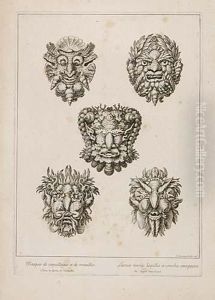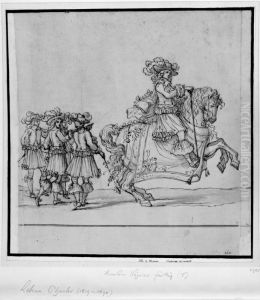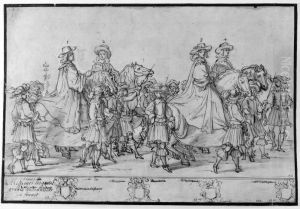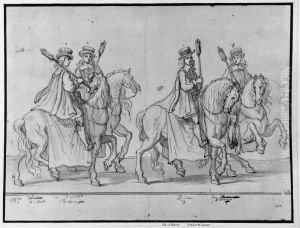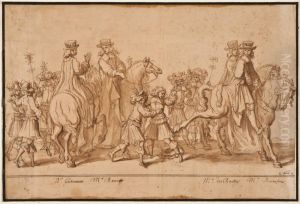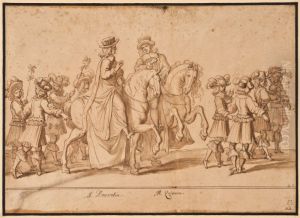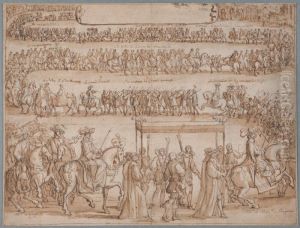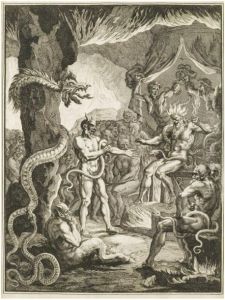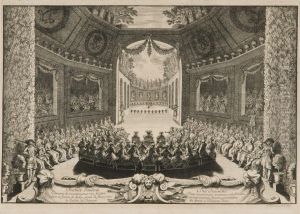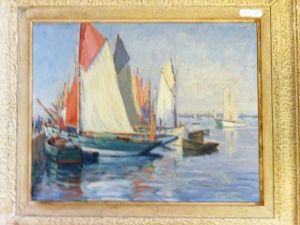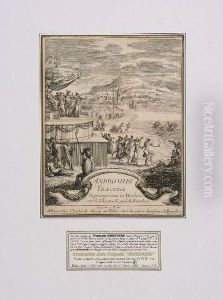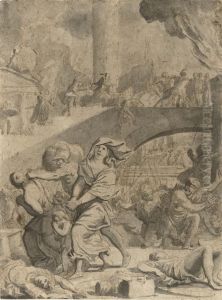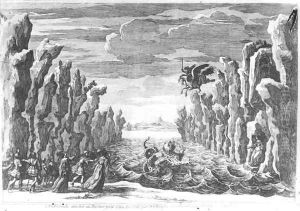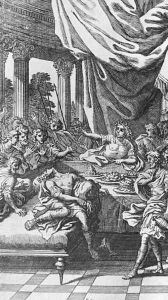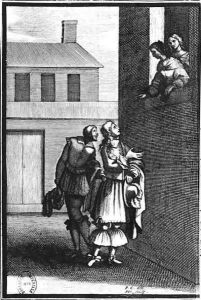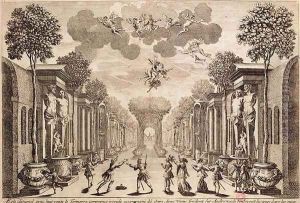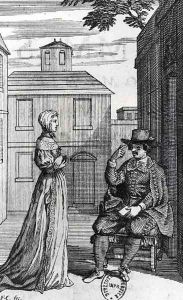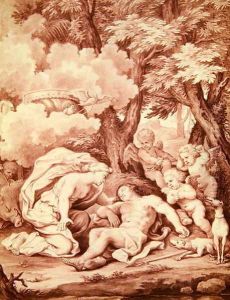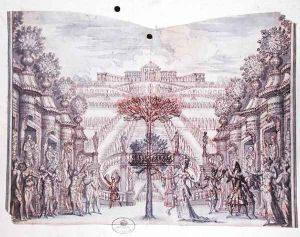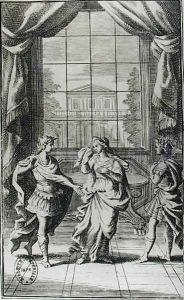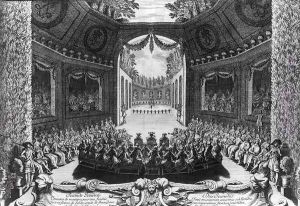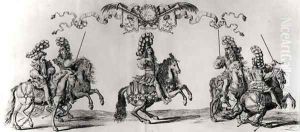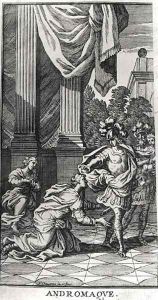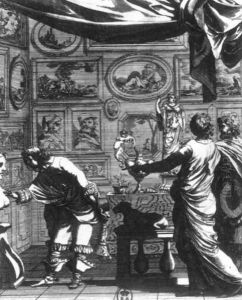Francois Chauveau Paintings
Francois Chauveau was a French artist who made significant contributions to the field of illustration and engraving during the 17th century. Born in Paris in 1613, Chauveau was initially trained by a painter, but he soon developed a strong interest in engraving. Chauveau's talent was recognized early on, and he became the first recipient of the title 'Graveur du Roi' (Engraver of the King), appointed by King Louis XIII. This prestigious position allowed him to work closely with the royal court and he was involved in producing numerous works for the king and his successors.
Chauveau was a versatile artist who worked on a wide range of subjects, including religious and mythological scenes, portraits, and landscapes. He was also skilled in designing decorative elements like ornaments and templates for use in various art forms. Additionally, he illustrated books, a practice that became increasingly popular at the time, as the printing press had made books more widely available and illustrations were in high demand to complement the text.
One of Chauveau's notable contributions was his work on the illustrations for 'Les Fables de La Fontaine', which are considered some of the finest examples of French book illustration from that period. The fables, written by Jean de La Fontaine, were a collection of morally instructive tales, and Chauveau's engravings captured their essence with wit and elegance.
Throughout his career, Francois Chauveau played a pivotal role in promoting the art of engraving in France. He trained several students who would go on to become prominent artists themselves, thus ensuring that his techniques and style had a lasting influence on the French art scene. His work was characterized by a combination of delicacy and precision, which allowed for a clear narrative in his visual storytelling.
Chauveau passed away in 1676, leaving behind a legacy that not only marked the era of Louis XIV but also shaped the future of French graphic arts. His engravings continued to be admired and studied for their artistry and contribution to the visual culture of the time.
